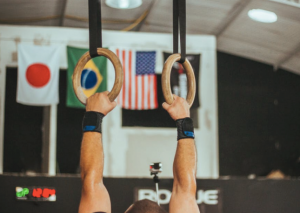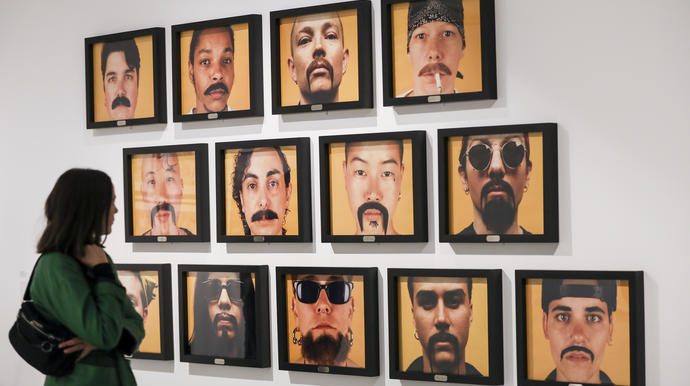Blog post by Katie Layley
The sad truth is that sexual harassment is happening all over the world in many different circumstances. The knowledge of it is growing within society as more people are telling their story. Many sexual harassment cases that have happened in nightclubs, within the acting world and in offices can be seen in the media and research papers. However, until recent years there has been little media coverage and research into sexual harassment in the sport world. Due to the increase in coverage about sexual harassment in sport, ordinary people in everyday life are acknowledging that it can happen in sport and recognise that something needs to be done about it. The cases that have been covered in the media over the past few years have focused on elite sport cases. However, research suggests that sexual harassment happens in every sport, at all ages, levels of sport, and any gender. It is important that we start to recognise that sexual harassment can happen to anyone, both amateur and professional sportspeople.
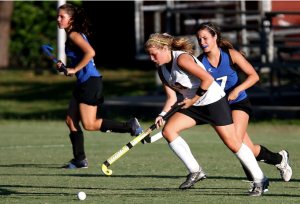
Sexual harassment comes in many forms. It can include sexually oriented comments or innuendos, taunting about the body, intimidating sexual remarks, unwanted physical contact and the domination of one person over another during meetings and training sessions. Sexual abuse is a form of sexual harassment that tends to include physical contact and violation, including groping, indecent exposure, rape, forced sexual activity, sexual assault, and physical or sexual violence.
As stated previously, sexual harassment can affect the lives of people who take part in sport regardless of their sporting attributes. The cases that get the most media coverage are ones involving elite sportspeople, or cases where hundreds of people have been affected. These high profile cases help to ensure that th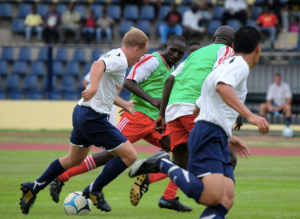 e perpetrators receive the correct punishment. The shocking reality is that the smaller cases are often ignored or not taken seriously by the sports organisations and therefore not passed onto the authorities. This means the victims never get justice for the horrendous experiences that they have been through at the hands of someone they should have been able to trust.
e perpetrators receive the correct punishment. The shocking reality is that the smaller cases are often ignored or not taken seriously by the sports organisations and therefore not passed onto the authorities. This means the victims never get justice for the horrendous experiences that they have been through at the hands of someone they should have been able to trust.
In many instances in sport the perpetrator is often someone in a position of authority. Does the power imbalance between them facilitate the abusive actions of an individual? It is likely that they use their authority to convince the athletes that what is happening is right, especially where the athletes are much younger. An example of this is Haleema Rafiq, a former cricketer at Multan Cricket Club, who accused the chairman of the club of demanding sexual favours but was not believed by those who she reported it to. This case unfortunately ended with Haleema committing suicide, showing just how much of an effect the constant harassment from a powerful figure, and the ignorance of authorities, can have over someone who has experienced it. In some cases the sport governing bodies state they have no knowledge of incidents that have happened, and do not even know about cases that have been taken to court over sexual harassment. For example, Lucy Ward, a former Leeds United footballer, won a case against her former employers for sexual harassment, but the FA claimed they had not heard about the case. This demonstrates how governing bodies do not always understand or correctly address issues relating to sexual harassment in their sports.
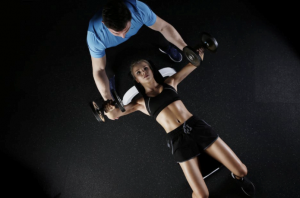
A large case in recent years is that of Larry Nassar, the former US gymnastic team doctor. In the past two years over 100 females have reported cases of sexual harassment and abuse from him that have happened over the past two decades. Many of these women were too scared to tell anyone as they thought they might not be believed. USA Gymnastics acted as soon as it became a high profile case and Nassar has since been charged with other cases as well as linked to allegations from the gymnasts.
Governing bodies must acknowledge that sexual harassment does happen. The IOC has created guidelines so sports can see what counts as sexual harassment and how to protect against it, but more needs to be done. It should not be acceptable for victims to suffer in silence, and for this silence to be the safest option for them. Governing bodies must work with their staff and participants to ensure a safe environment for them to work together in.
